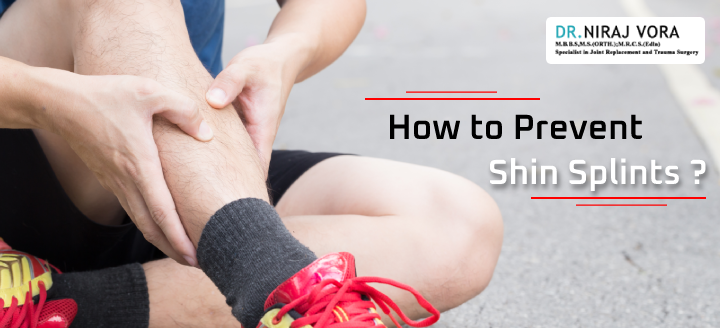Shin Splints is one of the most common injuries suffered by runners, when running fast and within a short time, due to excess stress being put on the shin bones.
When the shin bones and the tissues connecting them, do not get sufficient rest after a workout or training session, where running is involved, there is every possibility of shin splints occurring, according to Dr Niraj Vora, the Best Orthopedic Surgeon from Mumbai.
According to him, the best treatment for shin splints pain can be:
- Not increasing the distance of running too frequently and not allowing sufficient time for resting the shin bones and the tissues connecting them. This will give time for recovery and prevent shin splints. If at all the distance is to be increased, it can be done gradually.
- Getting the proper running shoes for shin splints, as it will help in providing proper cushioning and stability to the foot. Get advice from a sports specialist when choosing running shoes, and you should change your shoes after every 300 miles of running, says the best orthopedic surgeon from Mumbai.
- To pursue proper shin splints pain management, you are advised t do toe raises, heel raises and calf stretches. This will strengthen the shin muscles and prevent shin pain. Doing these exercises after a stretch of running, if you feel pain in the shin can prevent shin splints.
- Always try to run on surfaces that are soft, like grass and dirt trails, instead of harder surfaces like asphalt, concrete and other hard surface roads. This should be taken care, especially if the running mileage is higher than normal.
- Take enough rest after a stretch of running or workout to help the muscles, bones and joints to rebuild from the stress. Allowing recovery time for the joints, muscles and tissues can prevent shin pain and splints. It is advised to take off days and not run for consecutive days, as it will put too much stress on the shin bones and muscles.
Following these tips, runners can prevent shin splints, even if the running mileage is high.

